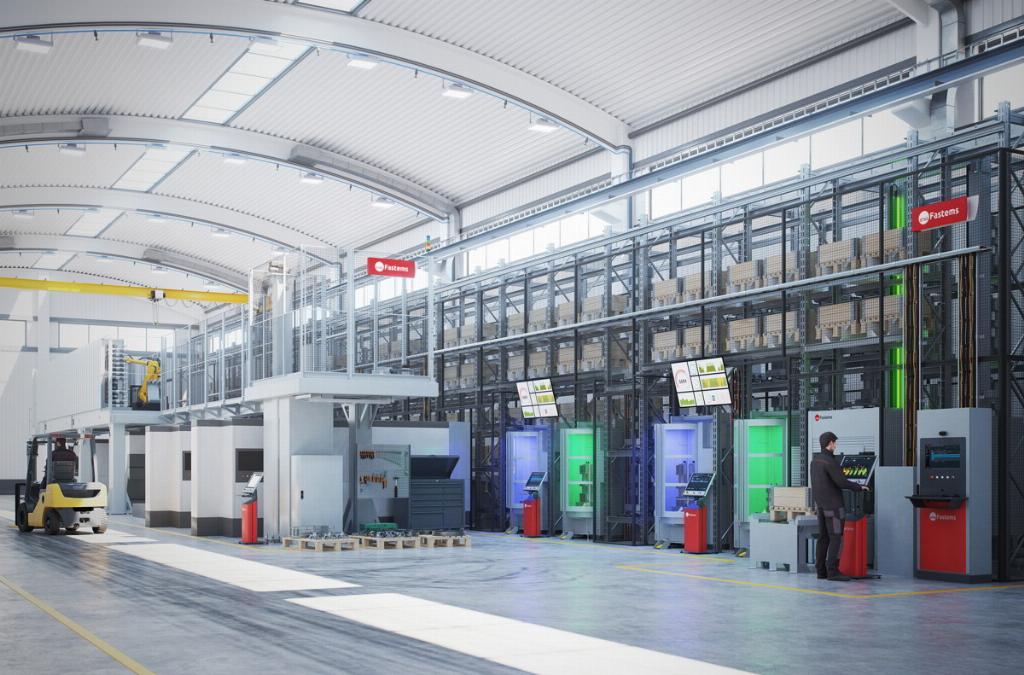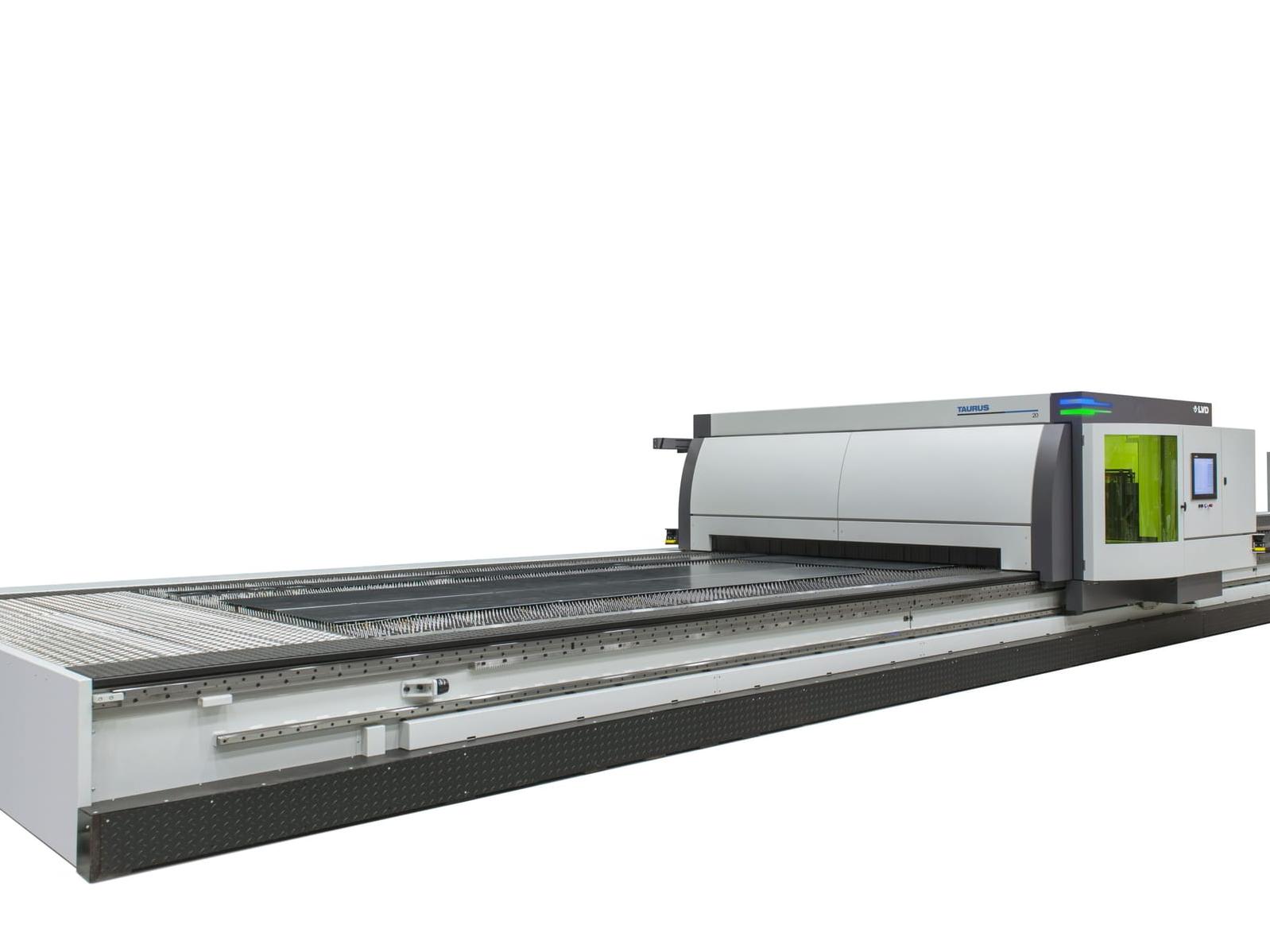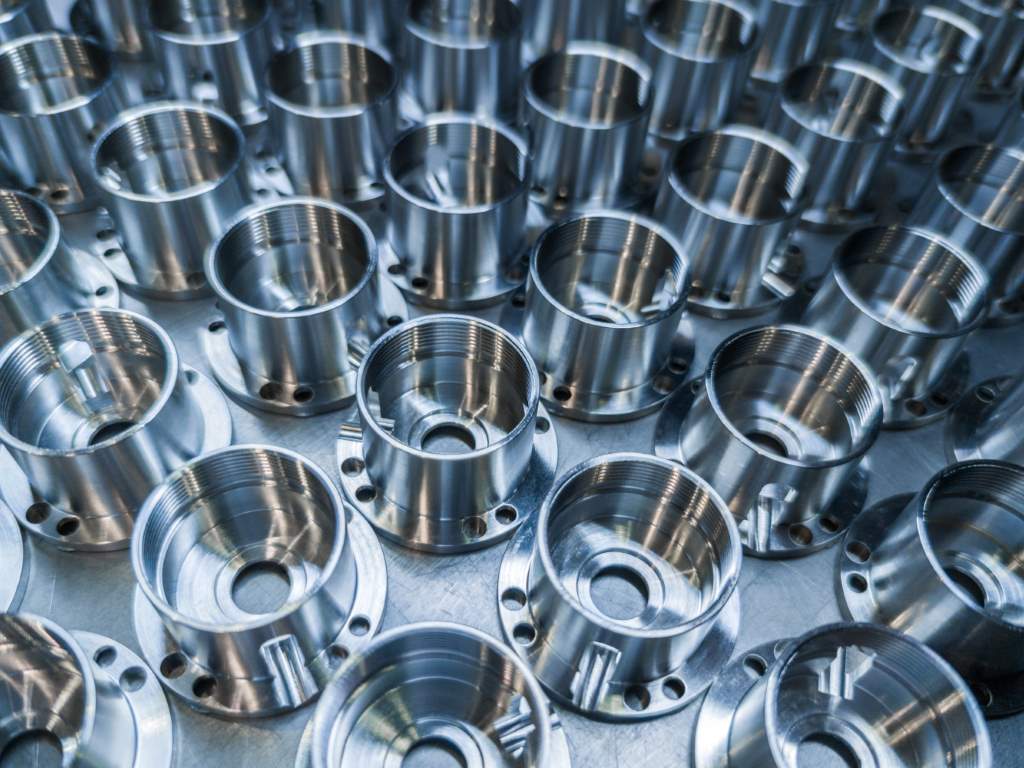Automating existing machine tools: a viable way to enhance production

Automation is a hot topic at the moment, and there are many ways to introduce automation into a production environment. In this article, Fastems’ product manager for robotised products, Teemu-Pekka Ahonen highlights the merits of integrating automation solutions with existing machine tools.
Automating existing machine tools is all in a day’s work for flexible automation supplier Fastems. The company has shown that there are many situations where this approach pays off; Fastems is regularly called upon to offer advice and technical expertise regarding important subjects such as machine tool interfacing, table and chuck access and health and safety.
A rising trend
- In practice, existing machine tool automation or ‘EMTA’ can mean automating completely standalone machines, machines that are already integrated into some kind of an automation system, or a hybrid of the two. For Fastems, in all its forms, demand for EMTA is increasing – evidenced by a number of recent case studies:
- Kongsberg Automotive integrating five existing Makino a55s to a flexible manufacturing system
- Buck CNC automating an existing DMG Mori NT4300 and new Index G220 turning machines into a single system
- Supset automating an existing Matsuura H.Plus 603 milling machine
To help manufacturers navigate the landscape, Fastems has conceptualised the most relevant perspectives around EMTA into a visual whitepaper. The paper discusses possible automation options as well as the drivers behind automating existing machine tools. Practicalities in the domains of interfacing, project management, safety and physical changes to machines are also discussed in detail.
Automation benefits for existing machine tools
Fastems’ product manager for robotised products, Teemu-Pekka Ahonen, explains the drivers behind investing in EMTA: “Production capacity is an obvious reason. Automation can boost production capacity significantly and it also brings opportunities when floor space is limited.
“In addition to this, the classic production development parameters around machine tool utilisation rate, lead-times, their reliability, profitability, quality, as well as employee engagement are also very important – in fact, a desire make improvement in these often drives EMTA.
“On top of this, production might be lacking in analytics and KPIs, which are things automation can provide instantaneously,” he continues. “Finally, sometimes the existing automation hardware is malfunctioning, or there is a business risk which needs to be solved. In summary, all the so-called traditional benefits of automation are accessible for EMTA cases, and a desire for them usually drives the investment.”
Plenty of development paths
While the ‘why’ is being established, Mr Ahonen elaborates on the available automation options for existing machine tools: “Essentially, EMTA falls in two main categories,” he says. “If, for any reason, a physical interface connection is not deemed viable, the production planning, resource management and operator guidance can still be automated using software like Fastems Work Cell Operations (WCO).
“WCO is part of the Fastems’ Manufacturing Management Software (MMS) and automates production planning and resource management tasks, boosting the efficiency in the process. If the physical interface is there, then automating the machine’s physical movement, say for example a robot accessing a chuck or machine table, is possible and unleashes the traditional benefits of flexible manufacturing.”
Succeeding in practice
The key to success with EMTA is a combination of project management, interfacing and safety. From Fastems’ perspective, an EMTA project should always consist of a pre-study phase and a project phase. Based on the information collected during pre-study, the opportunities, technical realities and business case can be determined in detail.
In the project phase, the responsibilities of the manufacturer, the automation provider and the machine tool builder or dealer are clearly defined, and the project team is selected. After this, the schedule and disruption prevention plans are agreed upon.

Mr Ahonen adds: “Probably the most vital part of an EMTA project is to plan and execute the interfacing of the machine tools. Things to consider include the quantity, type and age of the machines, the controller and the machine software versions.
“Close collaboration between the machine tool builder and the automation provider is necessary to succeed. The level of interfacing is carefully selected and implemented based on the manufacturer’s need, the desired outcome, and the current setup on the shopfloor.”
When automating, the physical changes to the machine tools vary case by case. Relevant factors include the existing integration status and automatic pallet changer (APC) for pallet machines. The required safety level can be met either with existing safety features or by adding physical changes or connectivity to the machine tool(s).
Conclusion
The average non-automated machine tool is only cutting material for about 20% of the yearly 8,760 production hours, which means that major productivity gains remain Hapless untapped on the shop floors of manufacturing companies around the globe. Fastems is driven by a passion to help manufacturers boost their profitability and competitiveness. Because of this, developing solutions for EMTA has become a no brainer
“We want to help companies capitalise on their assets, get the most from their production assets and reach their full potential in terms of productivity,” Mr Ahonen concludes. “This is why we see EMTA as the future: a way to sustainably boost efficiency. That’s what our 8760 mission is all about.”
Fastems’ 8760 is an enhanced support service that means customers can get the help they need every day of the week at any time. This remote diagnostic and problem solving service includes remote support via telephone, email and web portal, or via a remote connection.
Fastems
www.fastems.com













